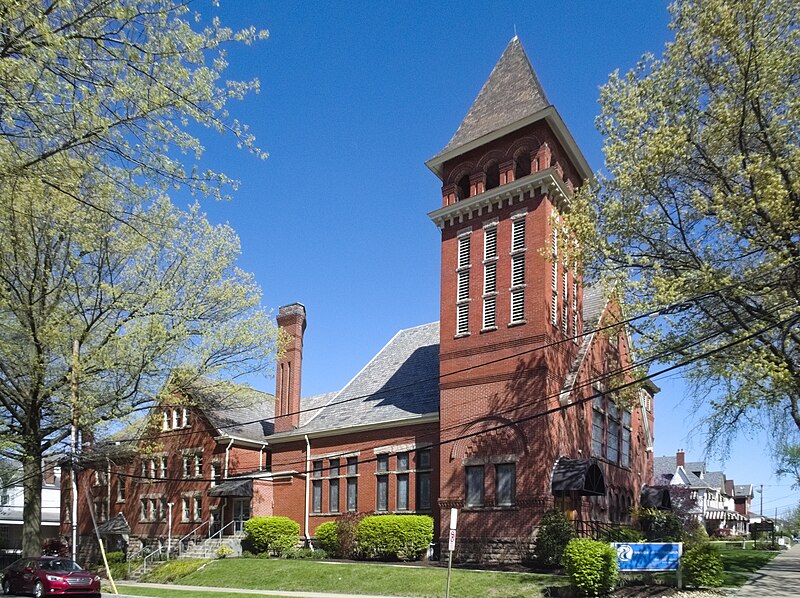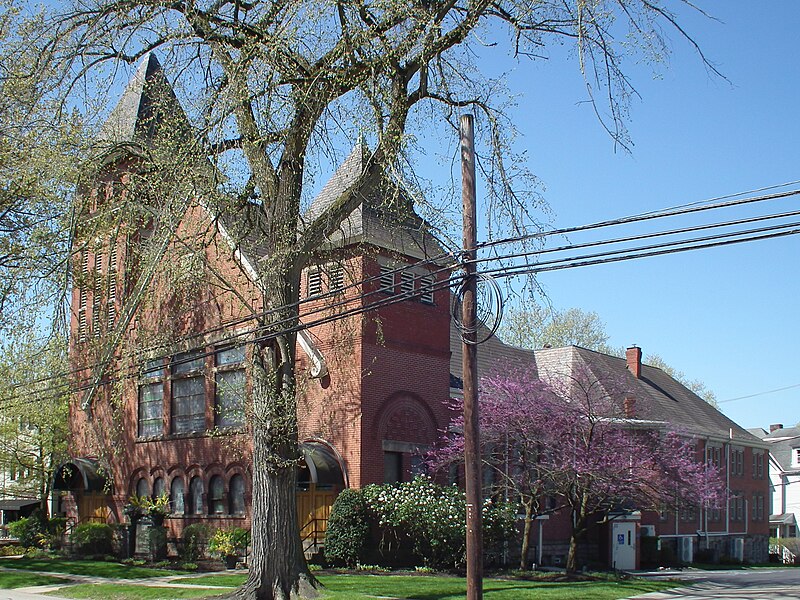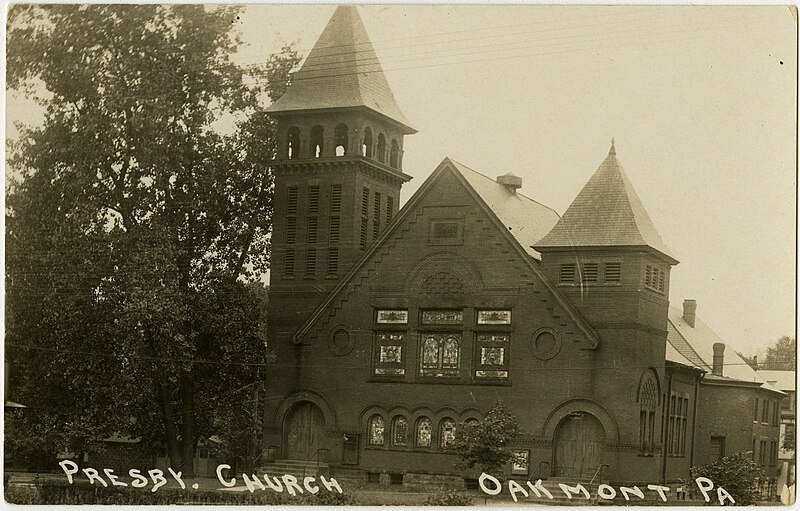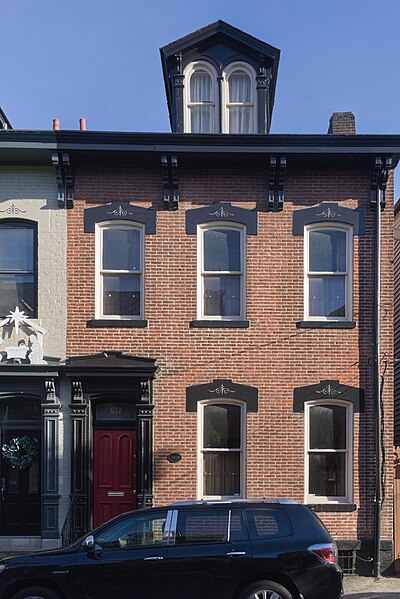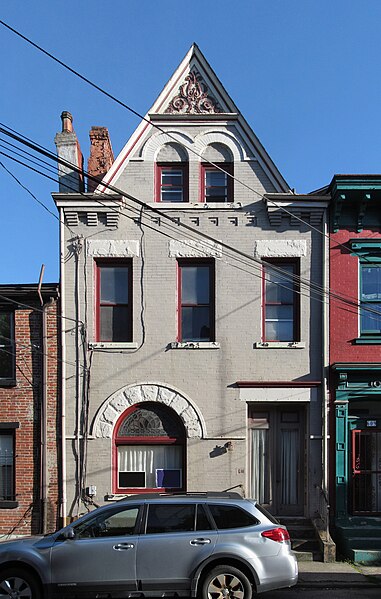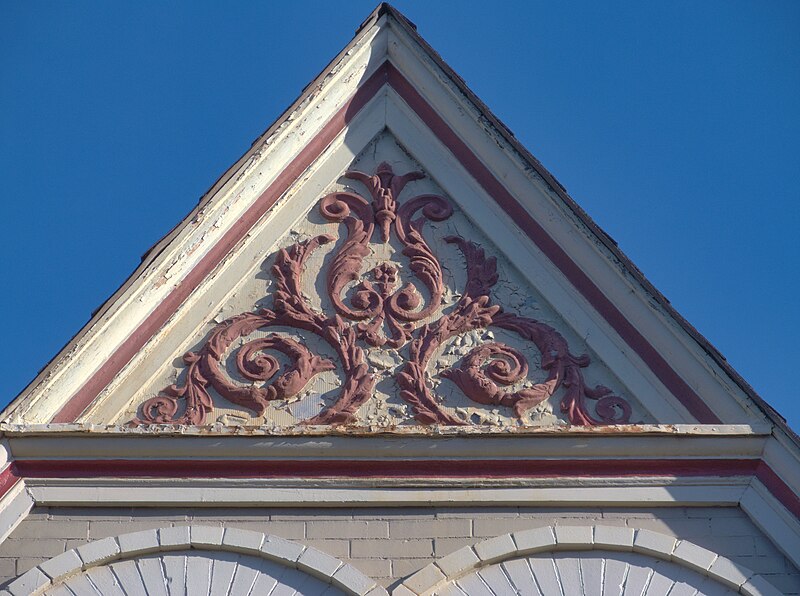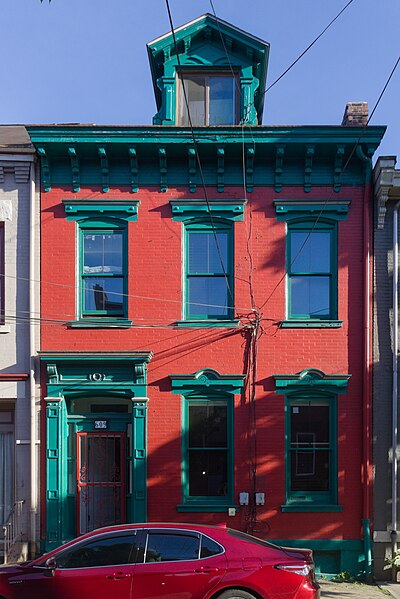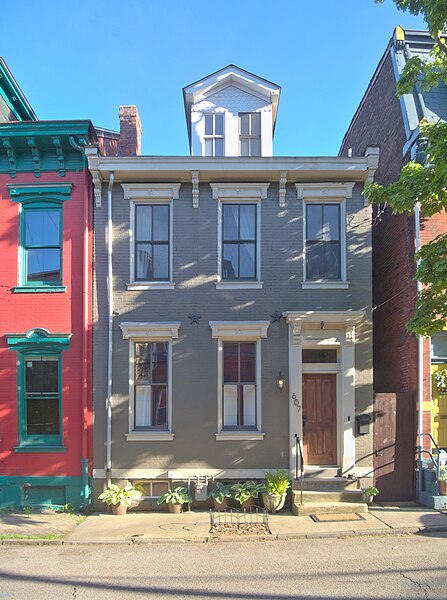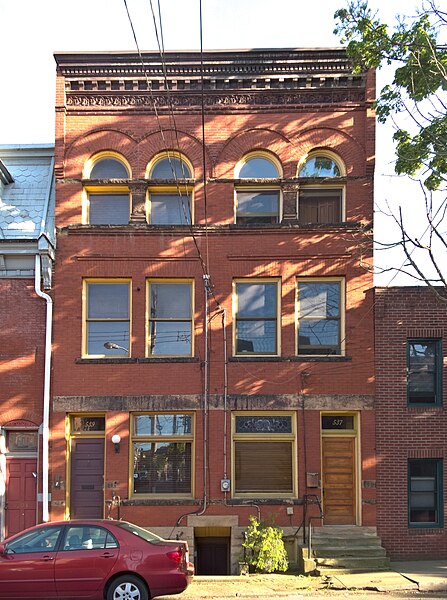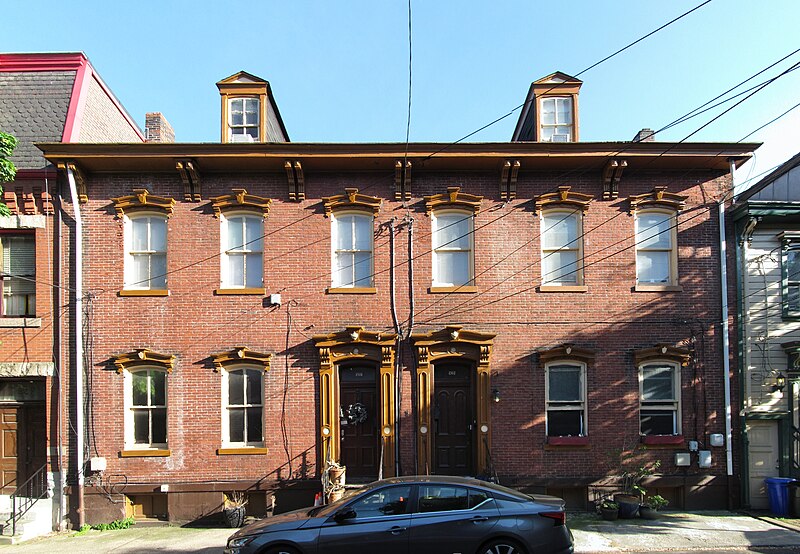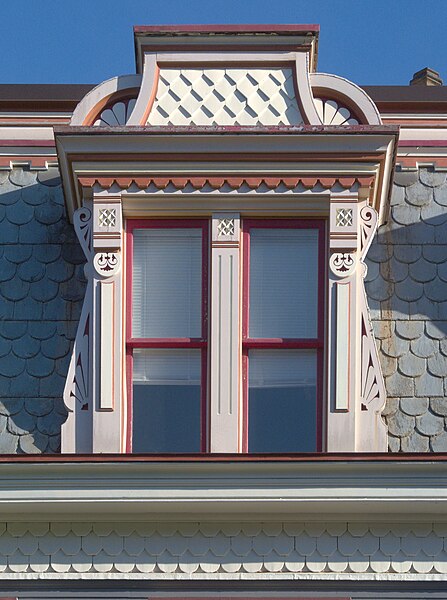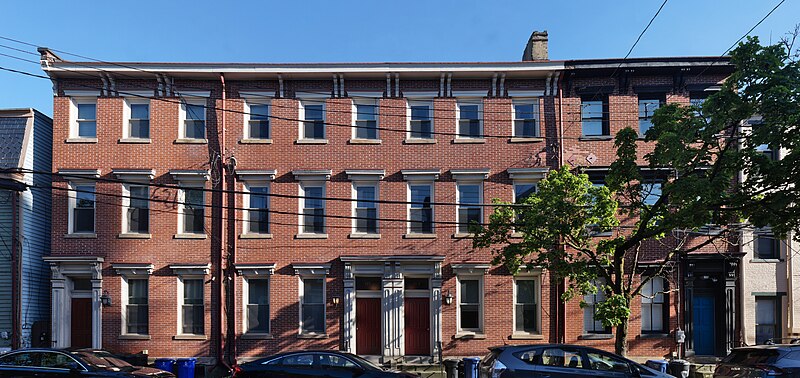
In the late 1800s, frame churches with acres of shingles, like this one, went up all over the Pittsburgh area. Few have survived; most of them were later replaced by larger and more substantial buildings. Even fewer have survived with their shingles and wood siding intact. Although the congregation dissolved in 2022, this building has been taken over by a catering company that has kept it in original shape.








































